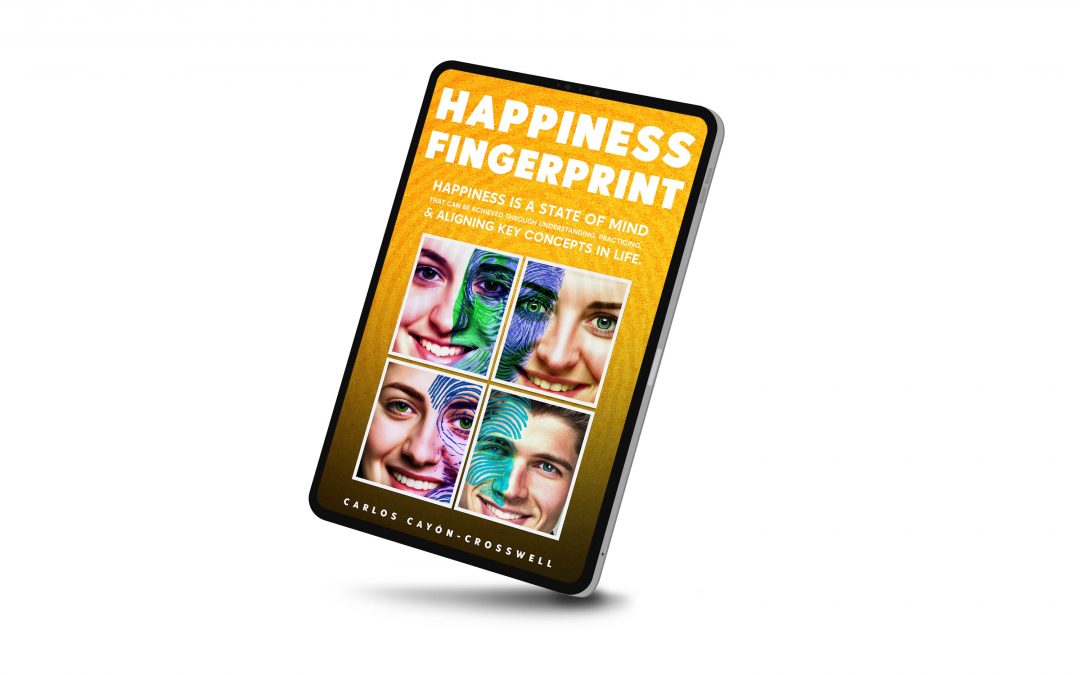Emotional Interpretation Methods
Microexpressions are brief, involuntary facial expressions that respond to certain emotions or stimuli. These expressions are often very subtle and occur quickly, often lasting only a fraction of a second. Despite their fleeting nature, microexpressions can convey important information about an individual’s emotions and intentions.
To extract emotions from microexpressions, researchers often use specialized software that analyzes facial movements and measures changes in facial expressions over time. This software uses algorithms to identify and classify facial expressions, including microexpressions.
One commonly used method is the Facial Action Coding System (FACS), a standardized system for analyzing facial movements. FACS involves identifying muscle movements in the face and assigning them to specific facial expressions, such as a smile, a frown, or a raised eyebrow. By analyzing the patterns of muscle movements over time, researchers can identify and classify different emotions, including those conveyed through microexpressions.
In addition to software analysis, human experts can be trained to identify and interpret microexpressions. This involves learning to recognize the subtle facial movements associated with specific emotions and interpreting these movements in the context of the individual’s overall behavior and communication style.
While extracting emotions from microexpressions is a complex process, it can provide valuable insights into an individual’s emotions and intentions. This information can be used in various contexts, such as in clinical settings to help diagnose and treat mental health disorders or in law enforcement and security contexts to identify potential threats or deception.
Facial emotion extraction from Micro expressions
The study of microexpressions and the extraction of emotions from them has a rich history in psychology and related fields.
The term “microexpression” was first coined by psychologist Haggard and Isaacs in the 1960s to describe facial expressions that occur for a fraction of a second and reveal underlying emotions that are being suppressed or concealed. However, it was in the 1990s that researchers began to study microexpressions and their relationship to emotions systematically.
One of the pioneering researchers in this area was Paul Ekman, a psychologist who developed the Facial Action Coding System (FACS), a standardized system for analyzing facial movements. Ekman’s work focused on identifying and categorizing different types of microexpressions and linking them to specific emotions.
Since then, the study of microexpressions and emotion extraction has expanded to include various fields, including clinical psychology, law enforcement, and national security. Microexpression analysis has been used in clinical settings to help diagnose and treat mental health disorders like depression and anxiety.
Microexpressions analysis has been used in law enforcement and national security contexts to identify potential threats and deception, such as during interviews or interrogations.
While the study of microexpressions and emotion extraction is still a relatively new field, it has the potential to provide valuable insights into human emotions and behavior and has numerous applications in a variety of contexts.
Emotion extraction from voice phonetics involves analyzing aspects of a person’s speech, such as pitch, tone, and rhythm, to identify patterns associated with specific emotions. This process is sometimes referred to as “acoustic emotion recognition.”
There are several approaches that researchers have used to extract emotions from voice phonetics.
One approach is to use machine learning algorithms to analyze large amounts of speech data and identify patterns associated with specific emotions. These pitch, intensity, or duration changesets that include audio recordings of people expressing different emotions. They can classify new audio recordings based on the patterns they contain.
Another approach involves analyzing specific features of a person’s speech, such as changes in pitch, intensity, or duration, to identify patterns associated with specific emotions. For example, changes in pitch or vocal tension can be associated with anger or stress, while a slower speech rate and softer tone can be associated with sadness.
While there is still much research to be done in this field, emotion extraction from voice phonetics has the potential to provide valuable insights into human emotions and behavior. This information can be used in various contexts, such as in clinical settings to help diagnose and treat mental health disorders or in marketing and advertising to understand consumer behavior and preferences.
Emotions extraction from Voice Phonetics
Involves analyzing aspects of a person’s speech, such as pitch, tone, and rhythm, to identify patterns associated with specific emotions. This process is sometimes referred to as “acoustic emotion recognition.”
There are several approaches that researchers have used to extract emotions from voice phonetics. One approach is to use machine learning algorithms to analyze large amounts of speech data and identify patterns that are associated with specific emotions. These algorithms can be trained using datasets that include audio recordings of people expressing different emotions, and can be used to classify new audio recordings based on the patterns they contain.
Another approach involves analyzing specific features of a person’s speech, such as changes in pitch, intensity, or duration, to identify patterns that are associated with specific emotions. For example, changes in pitch or vocal tension can be associated with anger or stress, while a slower speech rate and softer tone can be associated with sadness.
While there is still much research to be done in this field, emotion extraction from voice phonetics has the potential to provide valuable insights into human emotions and behavior. This information can be used in a variety of contexts, such as in clinical settings to help diagnose and treat mental health disorders, or in marketing and advertising to understand consumer behavior and preferences.


